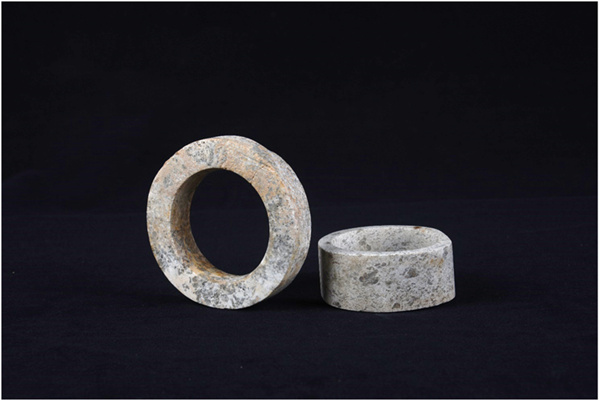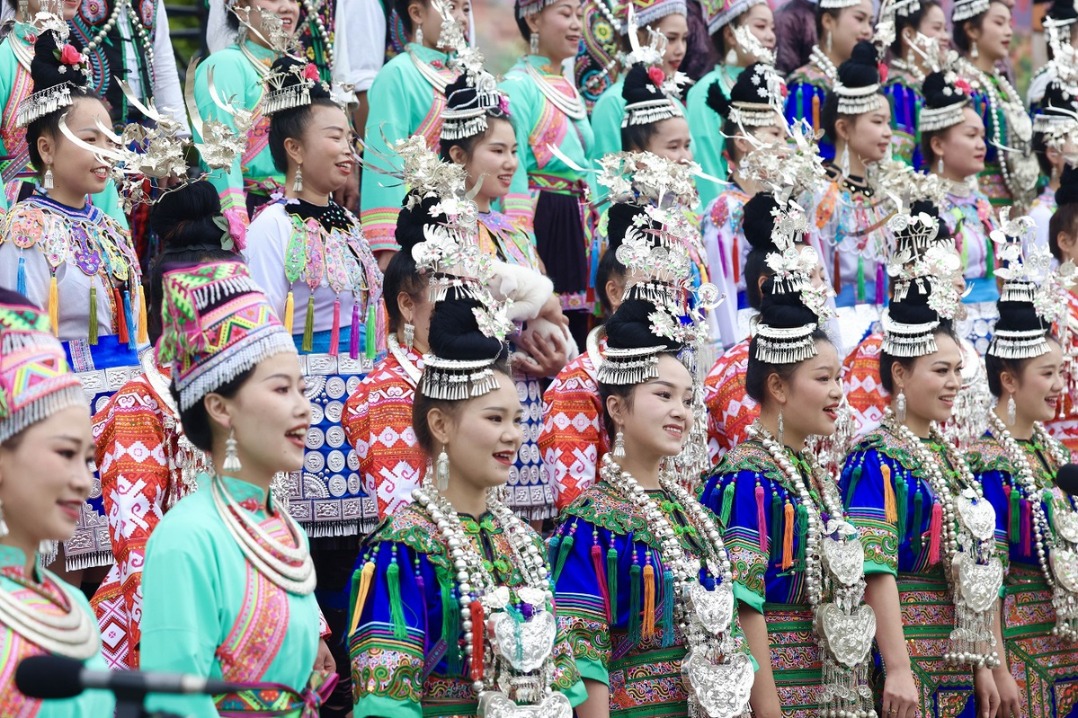A mountain of knowledge
By Wang Kaihao | China Daily | Updated: 2021-12-17 09:09

"It reflects frequent communication among different communities within the Lingnan region and its neighboring area to the north," Liu says.
But some highlighted artifacts excavated from the Yanshanzhai site show that such communication probably spanned a much greater distance.
A number of cong, a typical ceremonial jade artifact of Liangzhu Culture, were found in tombs at the Yanshanzhai site.
The Archaeological Ruins of Liangzhu City, a UNESCO World Heritage Site, which dates back 4,300 to 5,300 years, is the hub for the jade-worshipping Liangzhu Culture. However, it is in Hangzhou, Zhejiang province, about 1,200 kilometers away from the Yanshanzhai site.
"Liangzhu Culture was a monumental symbol of Chinese civilization at the time," says Li from CASS. "It had wide influence to the south. The ritual system, represented by its jades, also helped to usher those regions into the process of forming early Chinese civilization. Through the Yanshanzhai site, we can see the Lingnan region is also involved in this process."
Liu also expects follow-up research at the Yanshanzhai site to further reveal how the two distant cultures interacted with each other.
"And we also hope to find a social network of people from prehistoric South China through this site," Liu says.
Zhang Chi, a professor at Peking University, expects the Yanshanzhai site to further contribute to a bigger picture with a global perspective.
He says studies of the site, and other prehistoric sites along the coast of Southeast China, will help unravel the origin of Austronesian peoples, which predominates the population in Polynesia and other Pacific islands.
One theory posits that the group originated from the agrarian cultures in Southeast China, and later migrated to a wide geographic area across the Pacific Ocean via the Taiwan Straits.
"The site is a key to decode the infancy and spread of agrarian cultures in the coastal area," Zhang says.
























